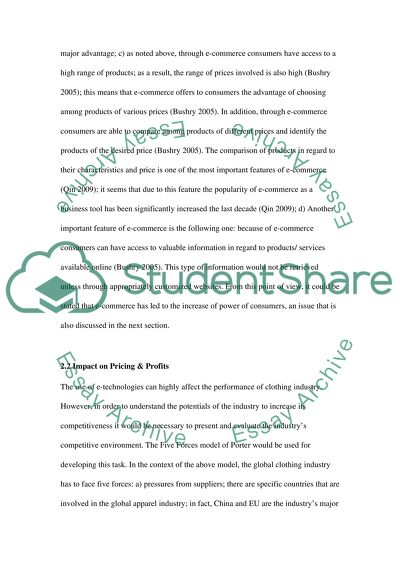Cite this document
(“The impact of E-technologies on competition --river isaland Essay”, n.d.)
The impact of E-technologies on competition --river isaland Essay. Retrieved from https://studentshare.org/e-commerce/1471187-the-impact-of-e-technologies-on-competition-river
The impact of E-technologies on competition --river isaland Essay. Retrieved from https://studentshare.org/e-commerce/1471187-the-impact-of-e-technologies-on-competition-river
(The Impact of E-Technologies on Competition --River Isaland Essay)
The Impact of E-Technologies on Competition --River Isaland Essay. https://studentshare.org/e-commerce/1471187-the-impact-of-e-technologies-on-competition-river.
The Impact of E-Technologies on Competition --River Isaland Essay. https://studentshare.org/e-commerce/1471187-the-impact-of-e-technologies-on-competition-river.
“The Impact of E-Technologies on Competition --River Isaland Essay”, n.d. https://studentshare.org/e-commerce/1471187-the-impact-of-e-technologies-on-competition-river.


